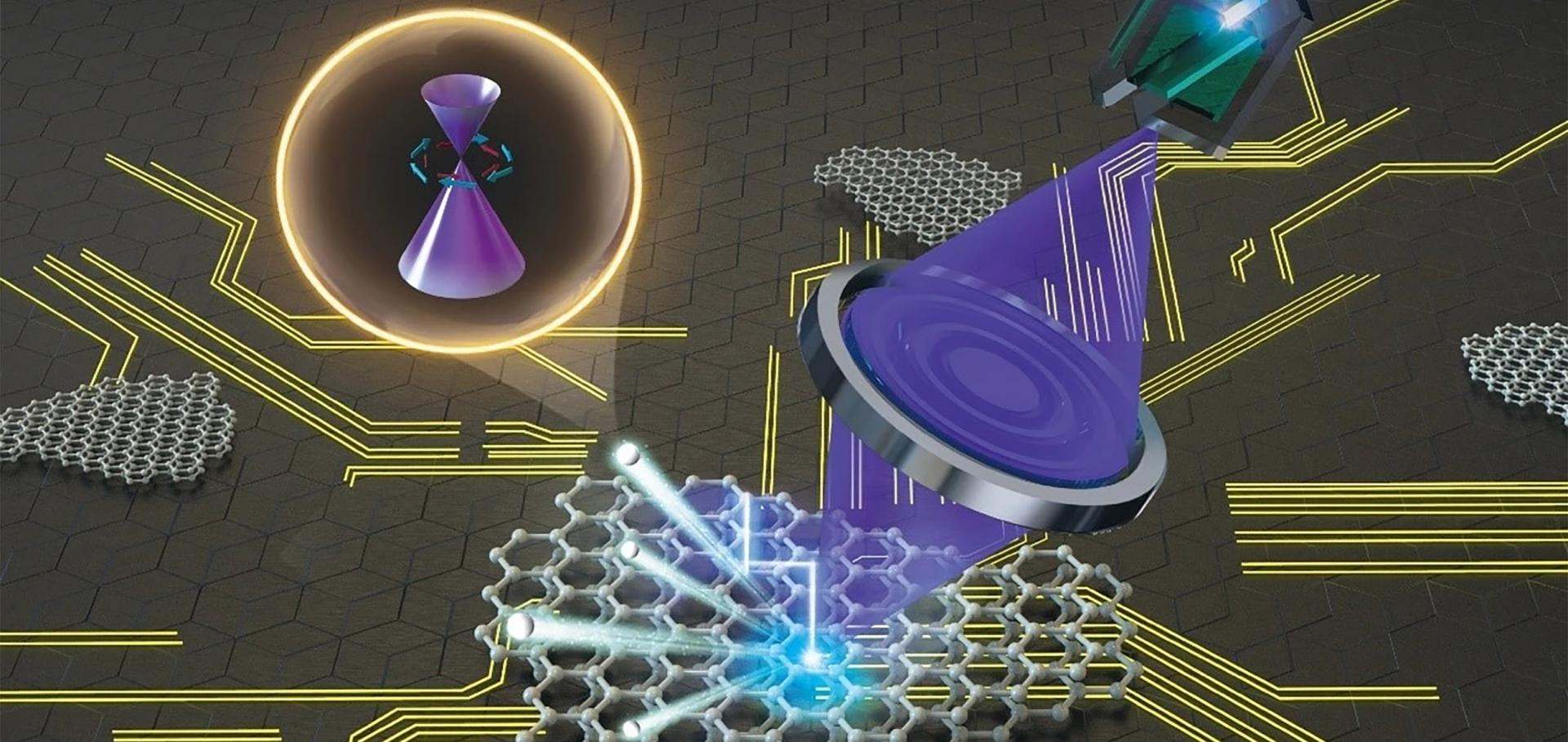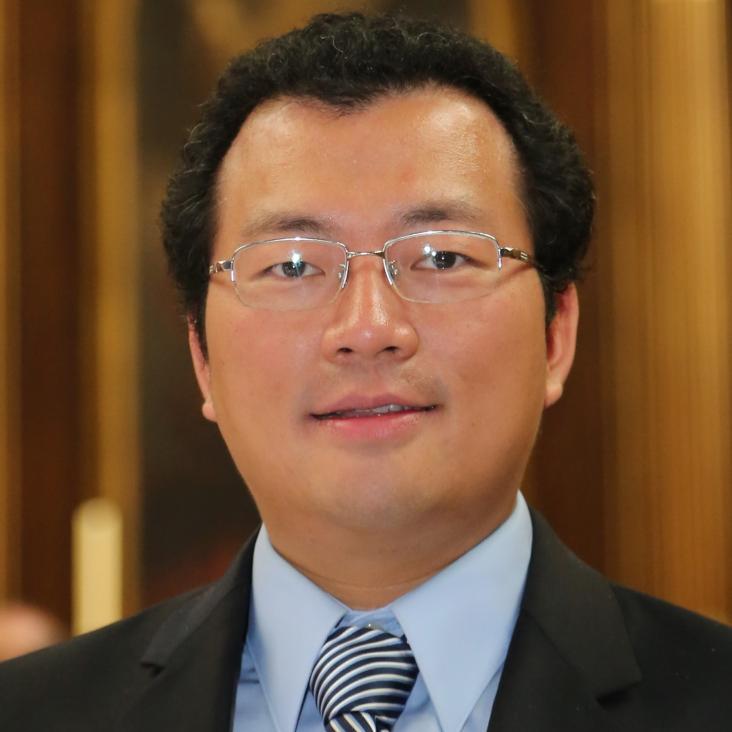Nontrivial Berry phase and type-II Dirac transport in the layered material PdTe2
Physical Review B American Physical Society (APS) 96:4 (2017) 041201
Quantum spin Hall state in monolayer 1T'-WTe2
Nature Physics Springer Nature 13:7 (2017) 683-687
Substrate Doping Effect and Unusually Large Angle van Hove Singularity Evolution in Twisted Bi‐ and Multilayer Graphene
Advanced Materials Wiley 29:27 (2017)
High electron mobility and quantum oscillations in non-encapsulated ultrathin semiconducting Bi2O2Se
Nature Nanotechnology Springer Nature 12:6 (2017) 530-534
Large out-of-plane and linear in-plane magnetoresistance in layered hafnium pentatelluride
Physical Review B American Physical Society (APS) 95:15 (2017) 155128


